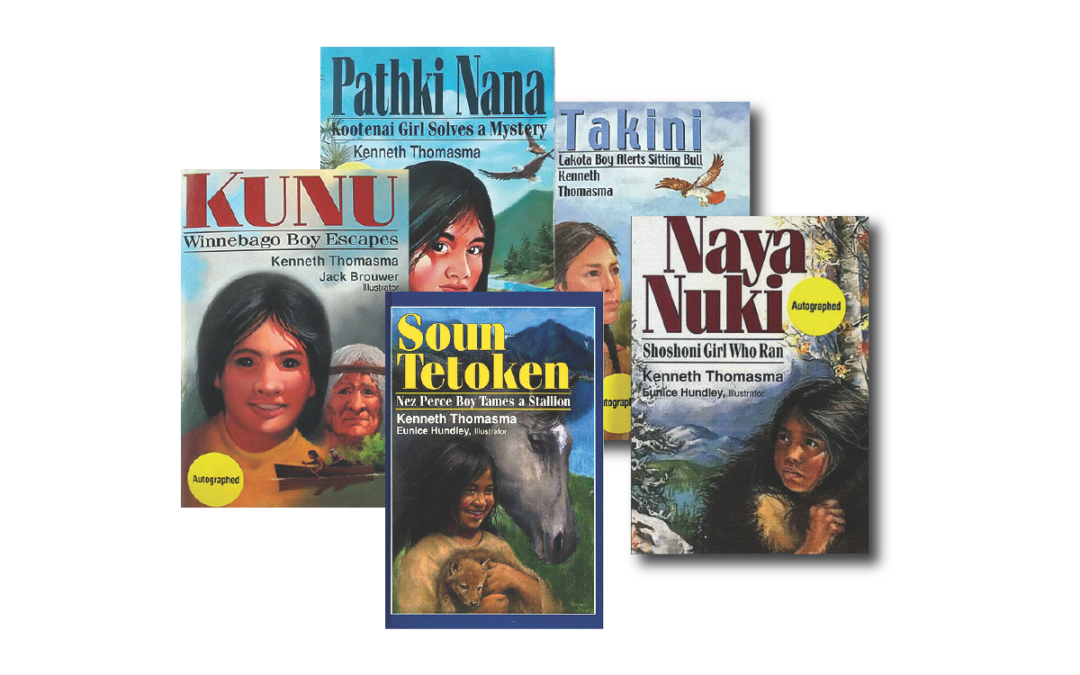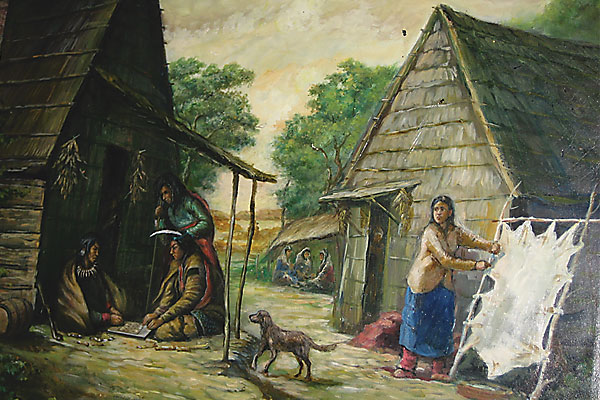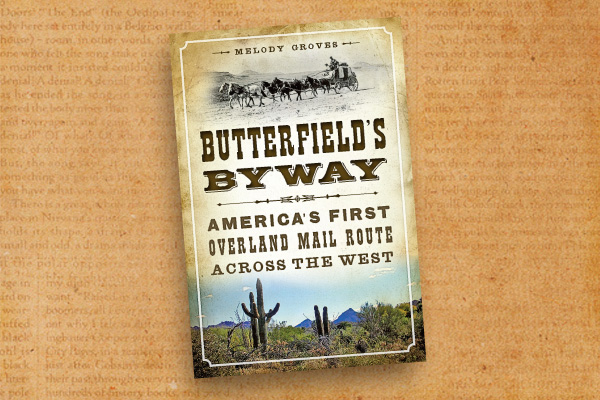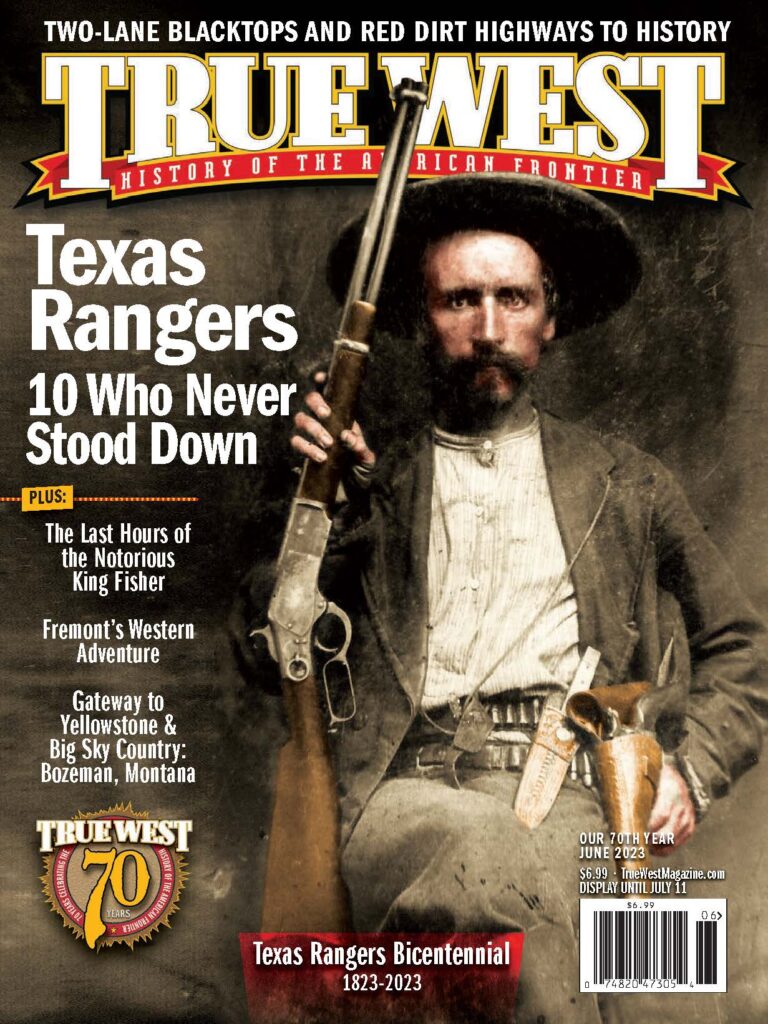Kenneth Thomasma built an entire career telling stories we almost missed.
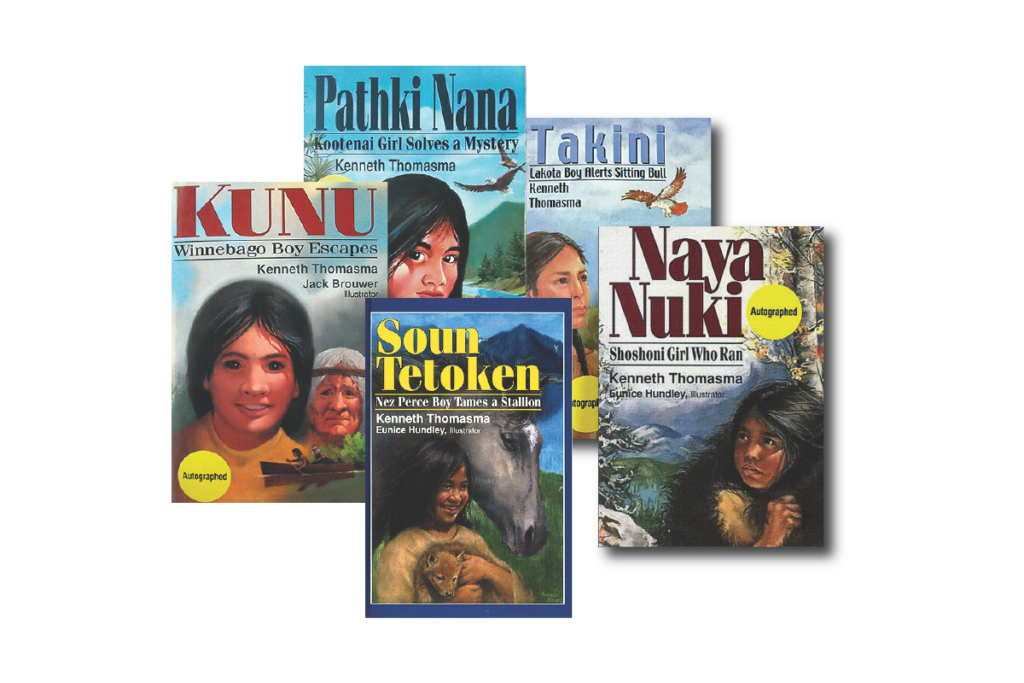
True West Archives
Lifetime passions can start simply: like when a 30-something Kenneth Thomasma became a counselor at a Montana summer camp in the 1960s.
It was built along the very route that Lewis and Clark had traveled in the early 1800s. As a former teacher, Thomasma did the most natural thing: he read the Lewis and Clark journals.
And that’s where he found a story that would make him an author of 11 books in nine languages and find him, in his ninth decade, still thrilled about the “amazing Indian children” he uncovered along the way.
He’ll always cherish his first book “because it made me an author,” he says. And it tells a story almost forgotten.
The most famous Indian girl from the Lewis and Clark expedition, of course, was Sacajawea. But that’s not where Thomasma set his sights. He instead found one paragraph that led him in an entirely different direction—to the other 11-year-old girl who’d been enslaved with Sacajawea and marched 1,000 miles from their Idaho home to Dakota Territory.
The friend—her name was never given—dreamed every day of escaping to return to her Shoshoni people. She begged Sacajawea to run with her, but Sacajawea thought it was fruitless.
But one night, the girl did run. There was a storm. She used it to cover her tracks.
“When she got home, she would have been named after what she’d done,” Thomasma says in a phone interview. “So I named her Naya Nuki. In Shoshoni, it means ‘the girl who ran’.”
He reconstructed what she must have encountered from the explorers’ journals, noting the waterways she’d encounter; the mineral hot springs along the way; the flora and fauna she’d find for food; the animals she’d have to outsmart.
And we know it’s all true because eventually, Sacajawea returned to that home village—as she traveled with Lewis and Clark.
The girls were reunited on August 17, 1805. Captain Lewis noted in his journal: “We drew near to the camp and just as we approached it, a woman made her way through the crowd toward Sacajawea, and recognizing each other, they embraced with most tender affection… They had been companions in childhood…and they had both been taken prisoner in the same battle. They had shared and softened the rigours of their captivity until one of them escaped.…”
Thomasma wrote Naya Nuki: Shoshoni Girl Who Ran in 1983. It’s been reprinted 28 times. It led to an entire career of writing and storytelling, most published by his own firm in Jackson Hole, Grandview Publishing.
His books have helped save precious pieces of Old West history.
Jana Bommersbach has earned recognition as Arizona’s Journalist of the Year and won an Emmy and two Lifetime Achievement Awards. She cowrote the Emmy-winning Outrageous Arizona and has written three true crime books,
a children’s book and the historical novel Cattle Kate.

